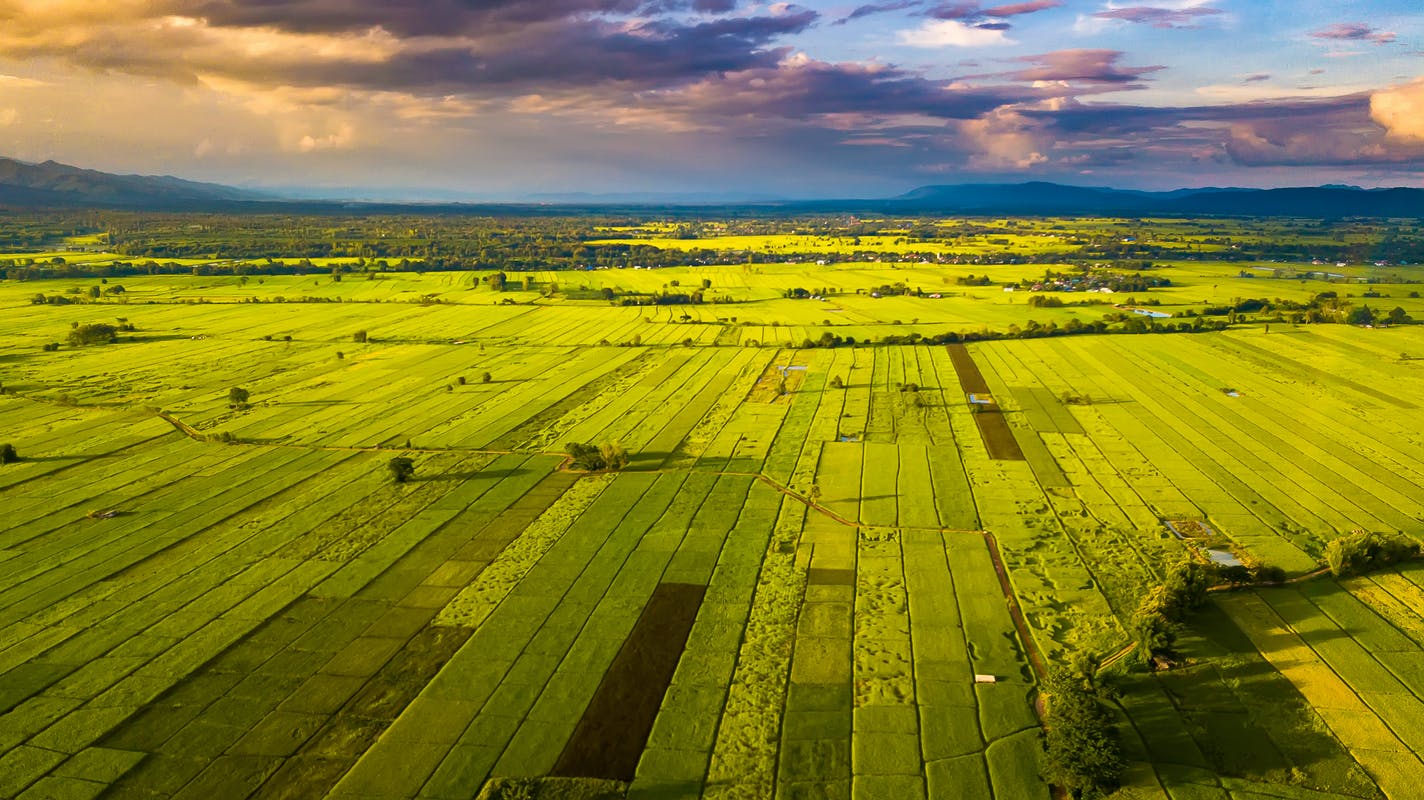We’ve all heard about sustainable fashion, but the term “regenerative fashion” is also interesting to consider. This term is based on regenerative agriculture, which consists of farming principles that seek to enhance the entire ecosystem by focusing on soil health. In this sense, what is extracted is then also replenished
04.21.2021
by Solenne Spitalier

Regenerative farming consists in planting diverse crops, having native animals graze, agroforestry (planting tree crops next to food crops), rotating crops (to avoid monocultures) and most importantly, forgoing the use of pesticides and synthetic fertilizers. Many of the crops are planted strategically to help others develop. Instead of using pesticides, one may use “trap crops” such as alfalfa to draw Lygus bugs away from cotton. Through mimicking what nature naturally does, regenerative farming also has the purpose of replenishing its soil and plants.

Soil health is crucial in this process because nutrient-dense soil isolates carbon from the atmosphere through photosynthesis and becomes food for microorganisms. Extreme quantities of carbon have been released since the industrial revolution, and the earth’s natural cycle is no longer balanced. Many current farming processes have left vast areas of land unable to intake carbon. Regenerative agriculture could really help stop climate change because healthy soil traps much more carbon.

Just like the food we consume, fibres should also ideally come from regenerative processes. Natural fibres such as cotton and linen, for example, can be obtained in this manner. Brands such as Patagonia, Prana and Kering have already started using this process. Regenerative agriculture slows soil erosion and mitigates flooding by making land able to absorb more water. It also makes plants more resilient, and nutrient-dense meaning higher quality fibres are produced.
Organizations such as Fibershed work on regional regenerative fibre systems with independent working producers, connecting consumers to farms through public education. Some other examples of brands that are following this path are Harvest and Mill, Coyuchi, California Cloth foundry, Eileen Fisher, and Christy Dawn.

Whether it concerns food or fibres, farming can either be part of the problem or the solution for climate change and building a sustainable future. Making more conscious choices when it comes to things as simple as clothing is definitely a start.

Source: L’OFFICIEL https://www.lofficielmonaco.com/lifestyle/regenerative-fashion

